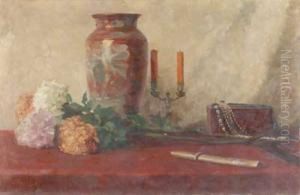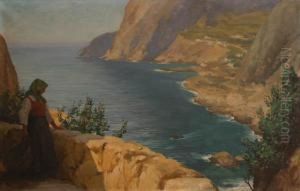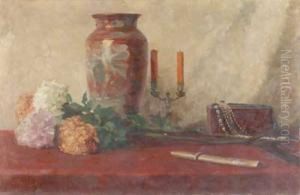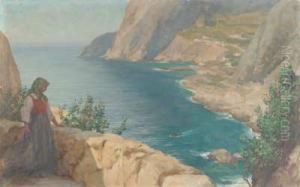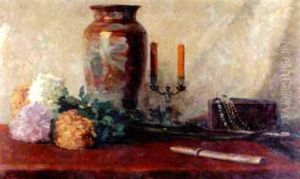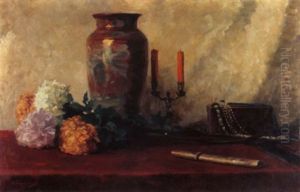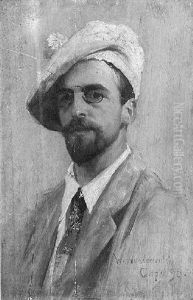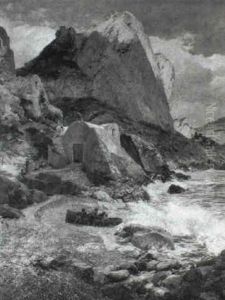Wilhelm Wunderwald Paintings
Wilhelm Wunderwald was a German painter and graphic artist, born in 1882 in the town of Aachen, which at that time was part of the Prussian Rhine Province. His work is not widely known in the canon of art history, and as such, detailed records of his life and career are somewhat limited compared to more prominent artists of his time.
Wunderwald's artistic journey began in his hometown, where he developed an interest in the arts at a young age. He was known for his detailed landscapes and cityscapes, capturing the architecture and atmosphere of his surroundings. His paintings often depicted the regions of the Rhineland and Westphalia, areas rich with historical buildings and natural beauty. Wunderwald had a particular affinity for painting the old quarters of Aachen, Cologne, and other Rhineland towns.
During his lifetime, Wunderwald's work reflected the changing times he lived through, including the First World War, the Weimar Republic, and the rise and fall of Nazi Germany. Despite the tumultuous periods, he continued to focus on his art, often finding solace in the timeless beauty of historic architecture and landscapes.
Wilhelm Wunderwald’s style was rooted in realism, with a keen eye for detail and a dedication to capturing the essence of his subjects. He worked primarily with oil paints and was known for his ability to depict the play of light and shadow in his compositions, giving his paintings a lifelike quality that resonated with viewers.
Wunderwald's career unfolded without the widespread recognition achieved by some of his contemporaries. Nonetheless, he remained a dedicated artist throughout his life. After the Second World War, his work gained some attention, offering a nostalgic view of a world that had been dramatically altered by the war.
Wilhelm Wunderwald passed away in 1952, leaving behind a body of work that serves as a historical record of the German landscape and urban environment of his time. Although not a household name, Wunderwald's paintings are appreciated by art enthusiasts who have a particular interest in German art from the early to mid-20th century.
